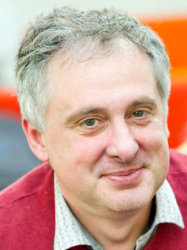BibTex format
@article{Ferraro:2017:10.1016/j.jeurceramsoc.2017.09.048,
author = {Ferraro, C and Garcia-Tunon, E and Barg, S and Miranda, M and Ni, N and Bell, R and Saiz, E},
doi = {10.1016/j.jeurceramsoc.2017.09.048},
journal = {Journal of the European Ceramic Society},
pages = {823--835},
title = {SiC porous structures obtained with innovative shaping technologies},
url = {http://dx.doi.org/10.1016/j.jeurceramsoc.2017.09.048},
volume = {38},
year = {2017}
}

